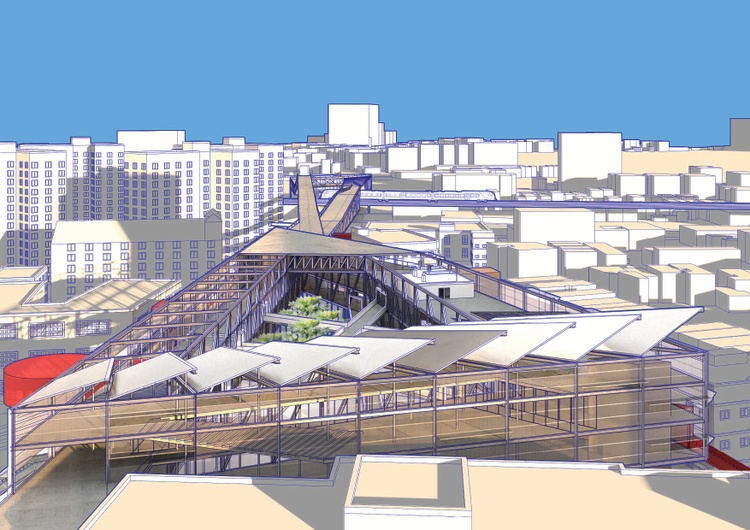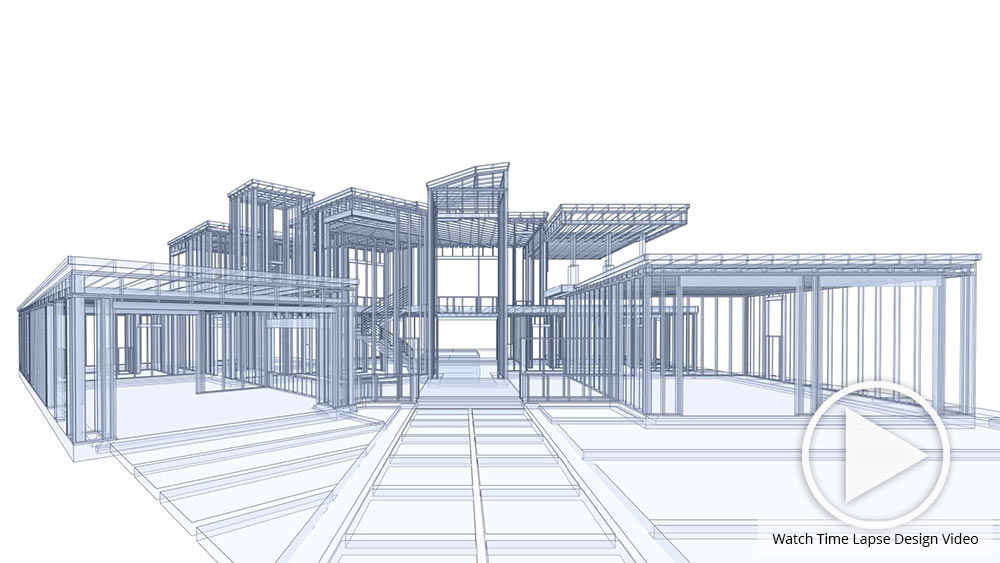The Impact of Technical Innovations on the Style Practices of Contemporary Architects
The quick advancement of technical devices has dramatically reshaped the layout landscape for modern engineers, fostering unprecedented degrees of development and sustainability. Exploring these characteristics reveals a nuanced interaction between innovation and traditional style methods, triggering a better examination of what the future holds for building methods.
Advancement of Architectural Devices
How have architectural devices transformed the design and construction procedures over the centuries? The development of architectural devices has significantly affected the performance, precision, and creative thinking of layout and building and construction.
With the advent of the Renaissance, the introduction of the compass and the protractor marked a pivotal shift. These tools allowed architects to attain better precision in their layouts, facilitating the emergence of more elaborate and proportionate structures. The Industrial Change even more reinvented architectural experiment the introduction of mechanized tools and products, permitting bigger and more enthusiastic jobs.
In the 20th century, the advancement of computer-aided layout (CAD) software changed the landscape once more, offering designers with extraordinary abilities in modeling and visualization. Today, advanced tools such as Structure Info Modeling (BIM) and parametric layout software application proceed to push the boundaries of building technology, enabling a more incorporated method to style and construction procedures.
Boosted Collaboration in Style
As technology proceeds to develop, improved cooperation in style has actually ended up being a cornerstone of modern-day architectural technique. The integration of electronic devices such as Structure Details Modeling (BIM), cloud-based platforms, and advanced visualization software program has transformed the means designers, engineers, and stakeholders communicate throughout the design procedure. These tools promote real-time communication, allowing teams to share concepts, alterations, and comments promptly, despite geographical area.

In addition, interdisciplinary cooperation has been structured with these technological developments, making it possible for engineers to function more carefully with other professionals, such as city coordinators and ecological experts. The outcome is an extra natural technique to create that considers different perspectives and proficiency. Eventually, boosted collaboration in layout is not just a trend; it is important for developing innovative, functional, and visually pleasing design in a progressively complex globe.
Sustainability Via Modern Technology
Sustainability in style has actually progressively come to be intertwined with technological advancement, driving the sector toward ecologically accountable click to read techniques - cda architects. Contemporary designers are leveraging sophisticated innovations to reduce ecological impact while enhancing the performance of buildings. One noticeable instance is making use of Building Information Modeling (BIM), which permits accurate planning and source allocation, reducing waste throughout construction and promoting power effectiveness throughout a building's lifecycle
In addition, wise products and energy-efficient systems are being incorporated into layouts to optimize source usage. Technologies such as solar batteries and environment-friendly roof covering systems harness eco-friendly energy resources, adding to decreased carbon footprints. Furthermore, the application of expert system in design procedures makes it possible for designers to imitate and assess power intake, leading decisions toward more lasting results.
The assimilation of sustainable technologies not just lines up with global ecological goals however additionally fulfills a boosting demand from customers for environment-friendly solutions. As architects accept these advancements, the emphasis changes towards developing rooms that are not just visually pleasing yet additionally functionally sustainable, Clicking Here consequently redefining the standards of modern style. In this means, modern technology offers as a stimulant for sustainability, enabling engineers to make structures that respect and improve the native environment.
Obstacles in Application
While technical advancements in style hold terrific assurance for enhancing sustainability, their application frequently experiences considerable obstacles - cda architects. One primary challenge is the steep learning curve linked with new modern technologies. Architects and construction specialists might require considerable training to effectively use sophisticated software and tools, which can delay task timelines and increase prices
Furthermore, the combination of arising modern technologies, such as Building Information Modeling (BIM) and lasting products, usually requires cooperation across multidisciplinary teams. This cooperation can be impeded by distinctions in experience, process, and communication styles, leading to potential problems and ineffectiveness.
Financial restraints better complicate the adoption of ingenious technologies. Lots of architectural companies, especially smaller ones, might lack the sources to invest in cutting-edge devices, restricting their capability to take on bigger firms that can pay for such financial investments.
Furthermore, regulatory frameworks and building regulations might not equal technological developments, creating obscurity and prospective compliance concerns. This challenge can dissuade designers from totally embracing brand-new modern technologies, as the danger of non-compliance may exceed the benefits. Therefore, addressing these application difficulties is vital for the successful assimilation of technological developments in modern building methods.
Future Patterns in Architecture
The obstacles connected with the execution of new technologies in design have triggered a reevaluation of future fads within the industry. As engineers navigate problems such as sustainability, company website urbanization, and social equity, they are progressively adopting ingenious modern technologies to enhance design performance and environmental efficiency.
One famous pattern is the assimilation of expert system (AI) in the layout procedure. AI tools can evaluate vast datasets to educate design choices, enhancing both creativity and capability. Similarly, Building Info Modeling (BIM) remains to progress, making it possible for real-time partnership amongst stakeholders and facilitating structured task management.
Lasting style practices are likewise acquiring momentum, with architects focusing on flexible reuse and regenerative layout concepts that decrease source consumption and waste. The unification of wise products and renewable resource resources will certainly additionally improve the strength of buildings despite environment adjustment.

Conclusion
Technological improvements have actually substantially improved architectural style techniques, helping with enhanced accuracy, cooperation, and sustainability. The integration of tools such as Building Details Modeling and parametric layout software, together with man-made intelligence and clever products, equips architects to resolve intricate difficulties extra properly.